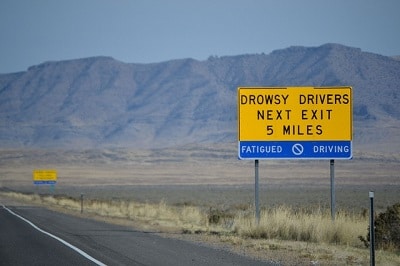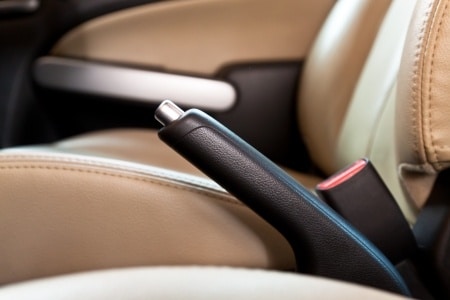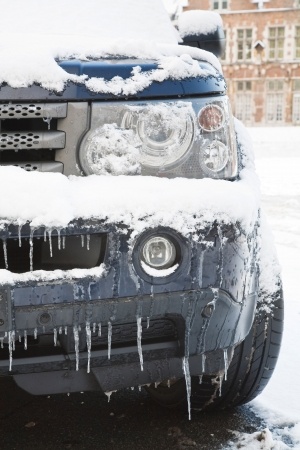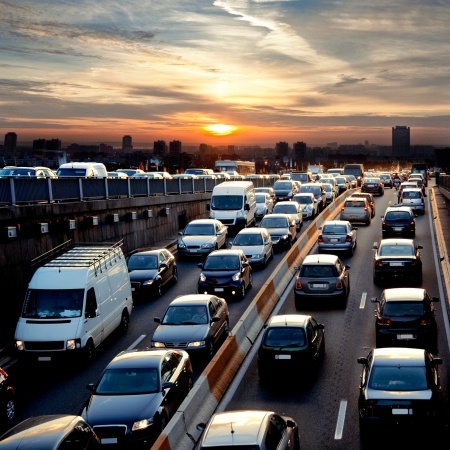Know The Symptoms
The first thing you need to do to prevent unsafe, drowsy driving is to know the symptoms of being tired. The telltale signs include:- Yawning frequently
- Having trouble keeping eyes focused
- Long, slow blinks
- A heavy head
- Wandering thoughts
- Feeling irritable
- Not remembering the last few miles you drove
- Missing signs or exits
- Tailgating
- Drifting onto the rumble strip or into another lane
Safety Measures
If you absolutely must continue driving here’s a few tips to help you do so safely (but again really the best tip is to pull over and get some sleep before continuing). Here are some ideas if you decide to press on:- Sleep
This is an obvious answer because it solves the problem from happening in the first place! If you know you’ll be driving a long distance, get a good night’s sleep beforehand. If you get drowsy most days between 1 PM and 3 PM, plan your travels around a mid-day siesta at a rest stop. It’s typically best not to drive overnight unless your body is already accustomed to working night shifts, etc.
- Caffeine
This is another obvious answer but there are some things to keep in mind before you rely too much on this tool. First, it takes about 30 minutes for caffeine to reach your bloodstream. Second, although caffeine will take the edge off, it won’t completely overcome fatigue. Third, it wears off, sometimes sooner than you think. Last of all, don’t drink too much caffeine or you could end up feeling jittery, nervous, and dizzy which is not safe for driving.
- Team Driving
Driving with another passenger is always a good idea for overnight or long distance driving. However, if the other passenger falls asleep it doesn’t do much good! You should take turns driving but always keep each other awake and aware.
- Take Your Medications Into Consideration
There are a variety of medications that can cause slow reaction times and drowsiness. Some examples are narcotic pain pills, antidepressants, high blood pressure medications, cold or cough liquids and pills, antihistamines, and muscle relaxants.
- Limit Your Alcohol Intake
Did you know that drinking alcohol when you’re already sleep deprived greatly multiplies the danger of driving? Even if you drink alcohol several hours before driving, alcohol slows reaction times and makes you sleepy so it could greatly increase your chance of getting in an accident.
We all want to keep ourselves, our families, and our community safe when we are behind the wheel of a motor vehicle. Be sure to follow these tips in order to avoid driving while drowsy. It just may save a life! Image via Flickr


